Japan’s lowest underpass, where you have to duck under the train tracks【Video】
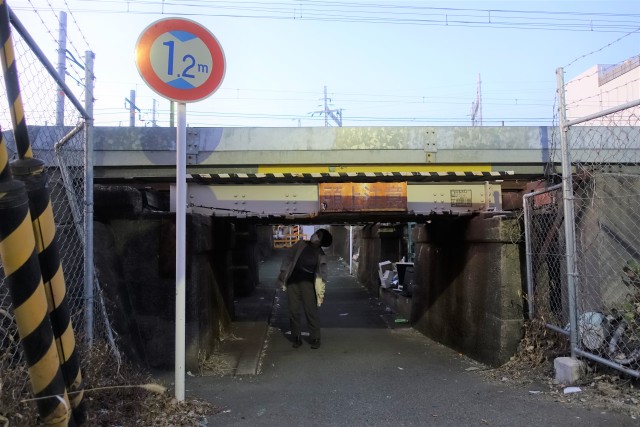
So low it’s said to cause injuries and deaths, but locals here throw caution to the wind when using it.
In Japan, land is so scarce in big cities that efforts are made to utilise every available space to its maximum potential, including the areas beneath railroad tracks.
Usually, these spots are filled up with parking lots or cheap, cosy, hole-in-the-wall bars and restaurants. However, over in Osaka, you’ll find a space beneath the railroad tracks that’s so low it can’t even be used for cars to pass through. That hasn’t stopped local cyclists and pedestrians from using it as a handy shortcut, though, and when our reporter Haruka Takagi was in the area recently, she decided to stop by to see the unusual underpass for herself.
▼ Located in Osaka City’s Yodogawa Ward, Japan’s lowest underpass is in a residential area, around a 15-minute walk from Tsukamoto Station.
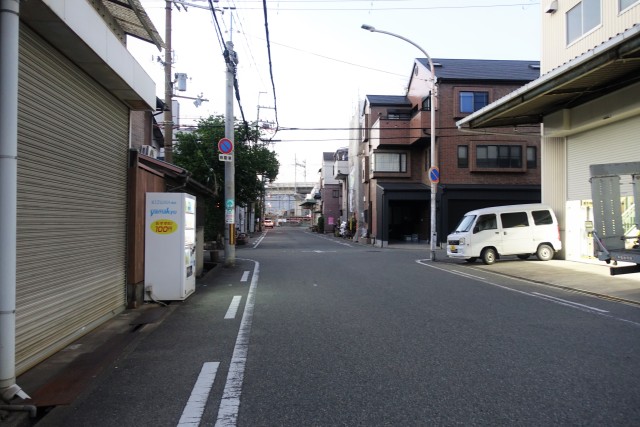
Once she arrived at the underpass, she saw signs indicating that the space between the ground and the girders was 1.2 metres (3.9 feet) high, which is about the same height as a child in the lower grades of elementary school.
▼ The lowest underpass in Japan.
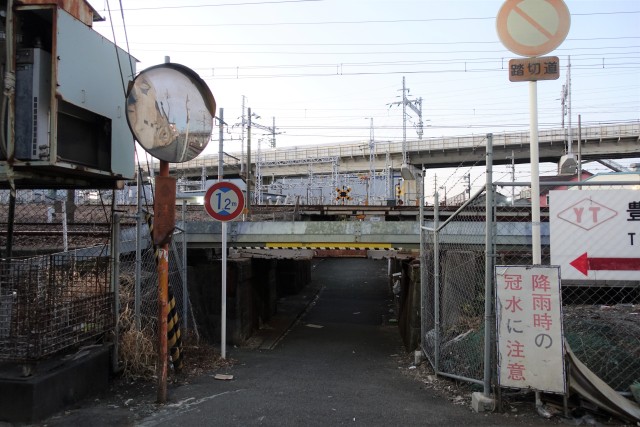
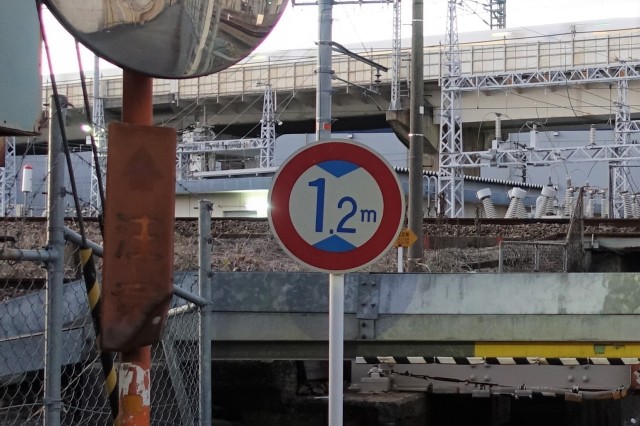
Haruka is around 156 centimetres tall and usually has no problems with ceiling heights, but here, even she had to bend over as she walked beneath the tracks.
▼ Yes — that’s a working railway track above her.
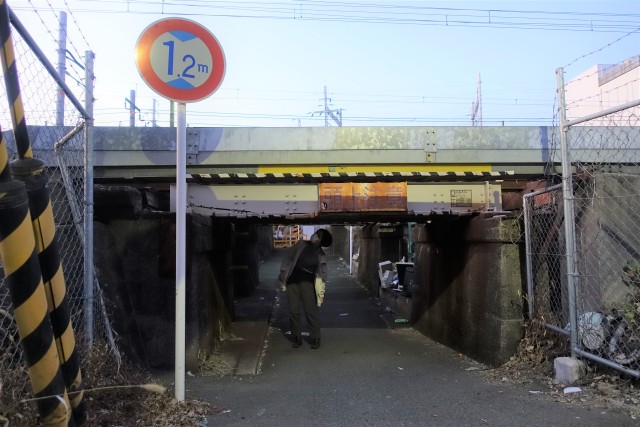
Haruka knew the underpass would be low, but she couldn’t quite believe her eyes when she saw it for the first time. From the top of the slope at one end of the passage, the railroad tracks were located at her eye-level, and she’d never seen anything quite like it.
▼ She got another surprise when she actually walked through the passage, as the 1.2-metre signs appeared to refer to the minimum height.
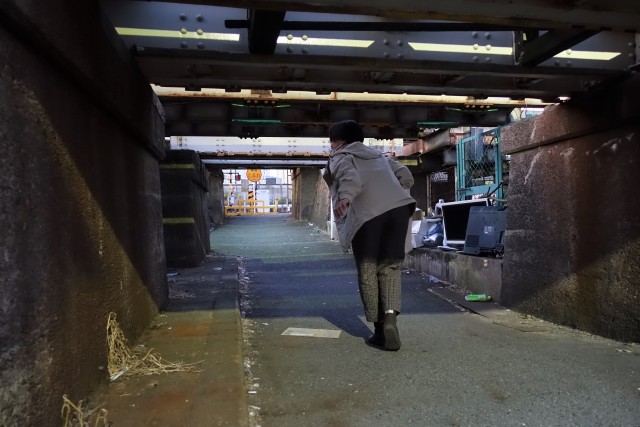
There were places where she could stand upright, but in those sections, the train basically passes within centimetres from the top of your head, so Haruka remained bent over as she walked through.
▼ It’s rare to be able to see railroad tracks and passing trains up close like this.
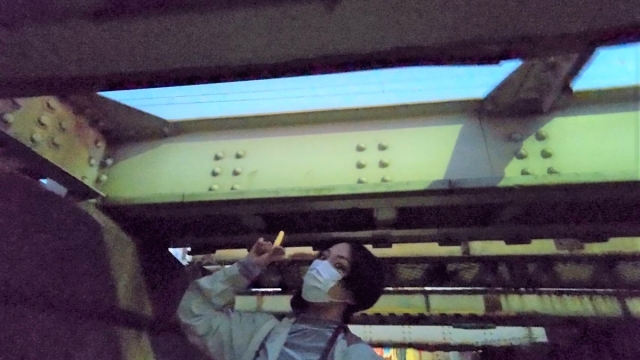
After about ten minutes of exploring and photographing the underpass, Haruka noticed there were plenty of people passing through here. And it wasn’t just pedestrians using the passage but cyclists, ducking and cycling through with the speed and confidence of someone who’s ridden this path for years.
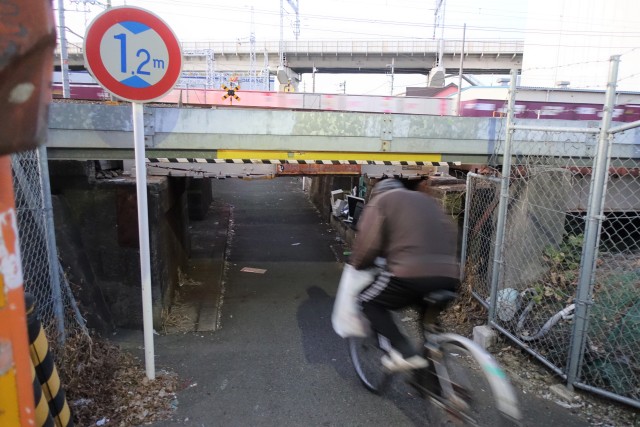
▼ Even people on motorcycles and scooters zoomed through without stopping to slow down.
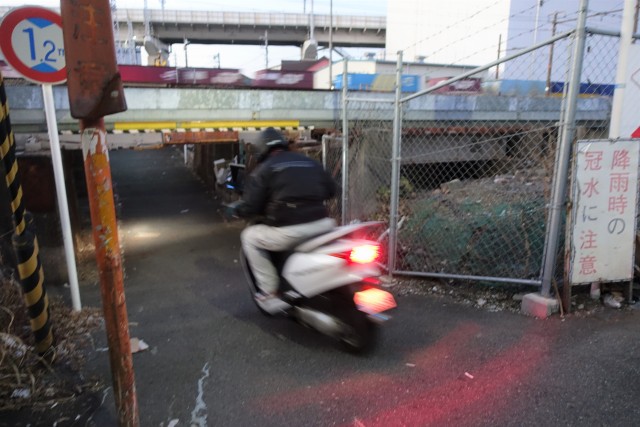
▼ Despite the ridiculously low height, it’s not illegal for bicycles, motorbikes and scooters to use this passage.
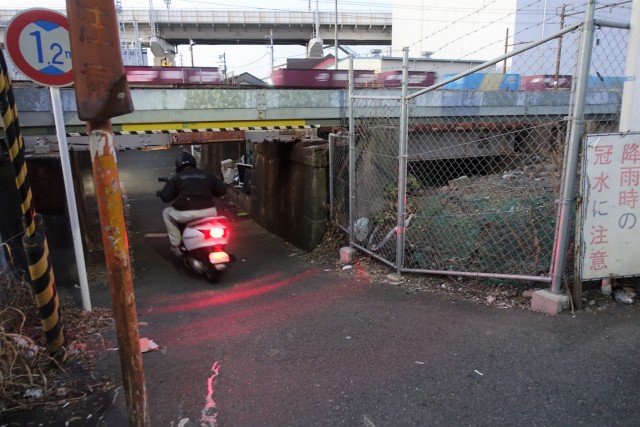
Curious to find out how locals feel about the potential dangers of the thoroughfare, Haruka stopped a passing pedestrian, who was more than happy to provide her with some insightful details.
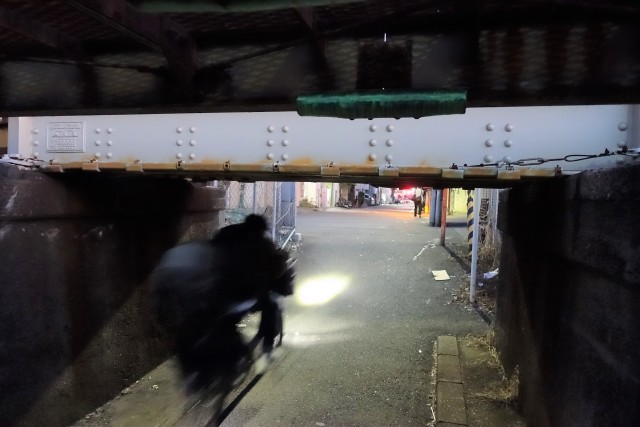
Haruka: “I was wondering what locals think about the dangerously low passage here.”
Local: “We don’t mind it.”
Haruka: “I was actually surprised to see so many people using it, despite its tiny size. Why is it so popular?”
Local: “It’s a shortcut. There’s a railroad crossing east of here, but everyone uses this underpass instead because it’s easier to get to than the railroad crossing.”
▼ Haruka did find the railroad crossing later on, and while it looked a lot safer, it was a ten-minute walk away.
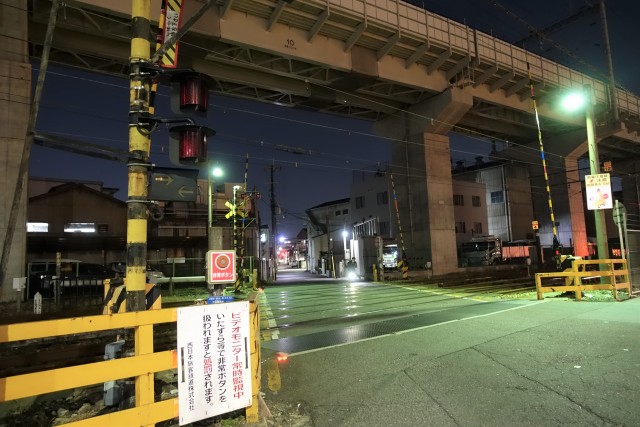
Haruka: “Still, aren’t you scared when you see people zoom through the tunnel at high speed?”
Local: “You get used to it. But some people get injured from time to time.”
Haruka: “Injured?! That’s not safe.”
Local: “The south side of the underpass has a bit of a steep incline. That causes cyclists to lose momentum, and if they raise their head there by accident to regain momentum before clearing the exit, they can hit their head on the bottom of the railroad track. Sometimes people end up with bloody heads and have to be taken away to hospital by ambulance.”
▼ The incline at the other end of the tunnel.
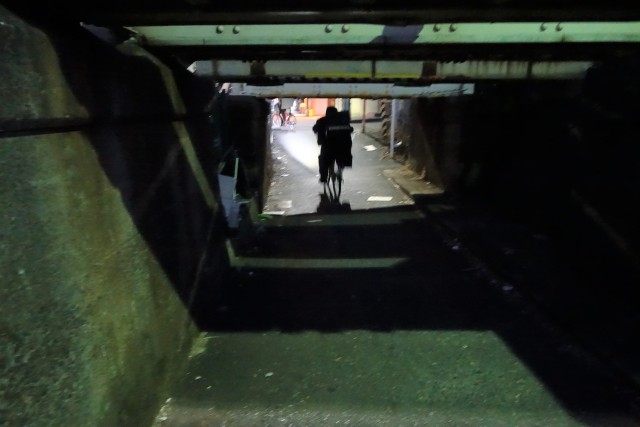
Haruka: “That’s terrible. Have you actually witnessed someone being taken away by ambulance?”
Local: “Yes. I even called an ambulance once, when a person who was bleeding from their forehead asked for help.”
Haruka was shocked to hear that the thoroughfare was still being used despite these accidents, but the local went on to explain:
“In the old days, this road was a gravel path, and the ground was about 20 centimetres (7.9 inches) higher than it is now.”
▼ That means it was originally around as high as this curb inside the tunnel.
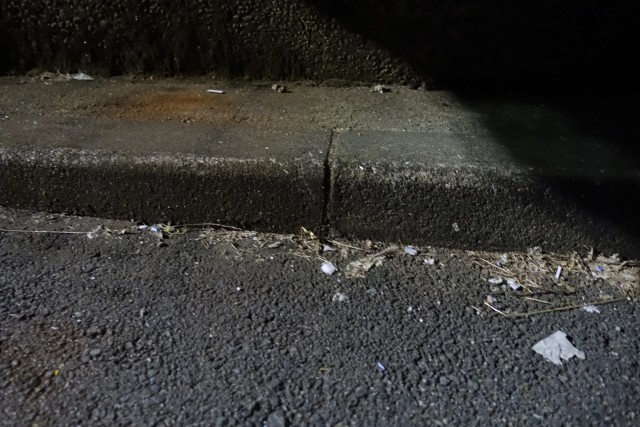
Local: “I heard that one day there was a person who hit their head on the railroad track and died, so their relatives dug the path down to the level it is now, and it was paved over at that same level.”
Haruka was saddened to hear the horrible history of the underpass, and after bidding farewell to the helpful local, she did some extra research to try and find out more about these past events. However, all her investigations were met by dead ends, so it appears that these stories remain local hearsay.
Still, Haruka wouldn’t be surprised at all if there was some truth to these stories, especially after she attempted to duck under the girders while a train was passing overhead. She’d never been in such close proximity to the undercarriage of a train before, and it was truly frightening.
▼ Haruka filmed the moment the train went by, letting out an involuntary gasp of “kowai” (“scary”) at the end of the clip.
▼ This is how close her head was to the girders… and the passing train.

Japan’s lowest underpass turned out to be a lot more frightening and dangerous than Haruka originally thought, and she hopes the local council will work to keep people safe by at least replacing the signs warning people to watch their heads as they enter and exit the tunnel, which are currently rusty and covered in graffiti (seen in the photo above).
Because, if history has taught us anything, when people lose their heads in Japan, they can turn into spirits so vengeful they demand “more care than a nuclear weapon”.
Photos ©SoraNews24
● Want to hear about SoraNews24’s latest articles as soon as they’re published? Follow us on Facebook and Twitter!
Credit:

0 comments: